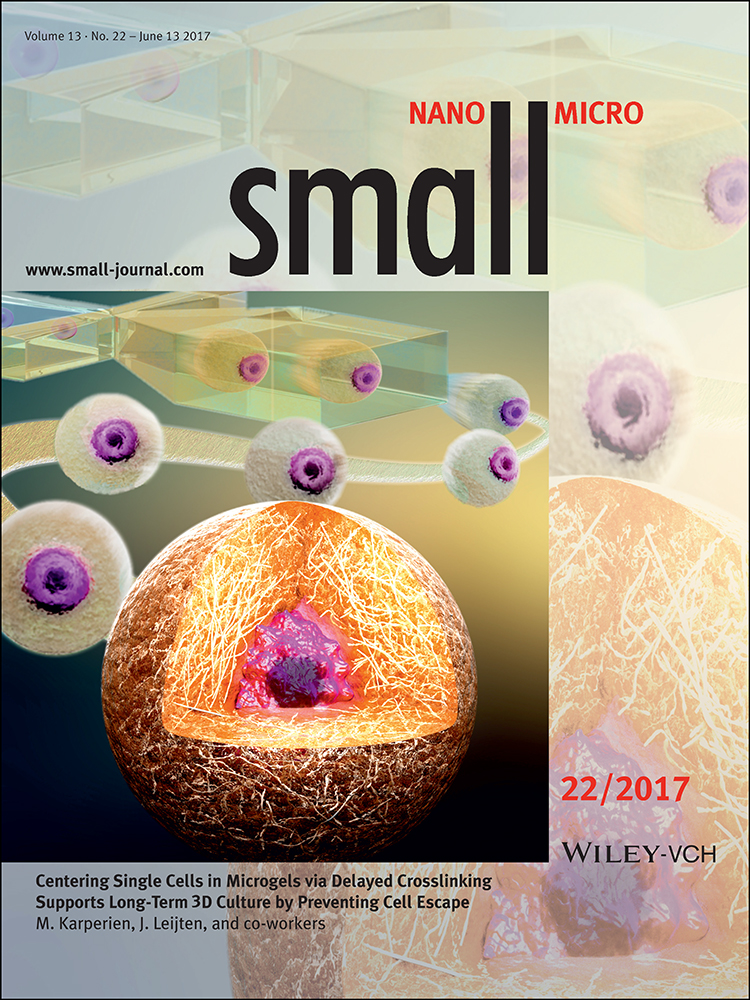Reprogrammable Assembly of Molecular Motor on Solid Surfaces via Dynamic Bonds
Abstract
Controllable assembly of molecular motors on solid surfaces is a fundamental issue for providing them to perform physical tasks. However, it can hardly be achieved by most previous methods due to their inherent limitations. Here, a general strategy is designed for the reprogrammable assembly of molecular motors on solid surfaces based on dynamic bonds. In this method, molecular motors with disulfide bonds can be remotely, reversibly, and precisely attached to solid surfaces with disulfide bonds, regardless of their chemical composition and microstructure. More importantly, it not only allows encoding geometric information referring to a pattern of molecular motors, but also enables erasing and re-encoding of geometric information via hemolytic photocleavage and recombination of disulfide bonds. Thus, solid surfaces can be regarded as “computer hardware”, where molecular motors can be reformatted and reprogramed as geometric information.




